Autumn is a time of change in the natural world and West Cornwall is a fantastic place to experience the full force of nature at this colourful and dramatic time of year. Local wildlife expert and photographer, David Chapman, tells us more.
Insect life
The longer days of summer might be fading into our memories but insect life isn’t done yet. In Cornwall we will continue to see dragonflies and butterflies well into November but there is one insect, a type of bee, the ivy mining bee, which can only be seen in autumn. This mining bee burrows into sandy or stony south-facing banks to make its nest and can be seen feeding on nectar from ivy flowers in September and October. They form large colonies which can be quite impressive and fairly intimidating but they are benign bees, rarely using their stings!
Seal Pups at Mutton Cove
When staying in West Cornwall, the maritime influence is never far away. From Three Mile Beach it is only a short walk to Godrevy where the grey seals can be seen hauled out on the beach at Mutton Cove or splashing around in the water around the headland. It is in the autumn that they give birth to their young, so watch out for the white-coated pups. Occasionally seals haul out on the accessible west side of the headland but to see those it is best to look early in the day, before they get disturbed by people. If you find a pup don’t try to get close because its mother might desert. If you feel it is in danger contact the British Divers Marine Life Rescue (BDMLR), their hotline is 01825 765546.
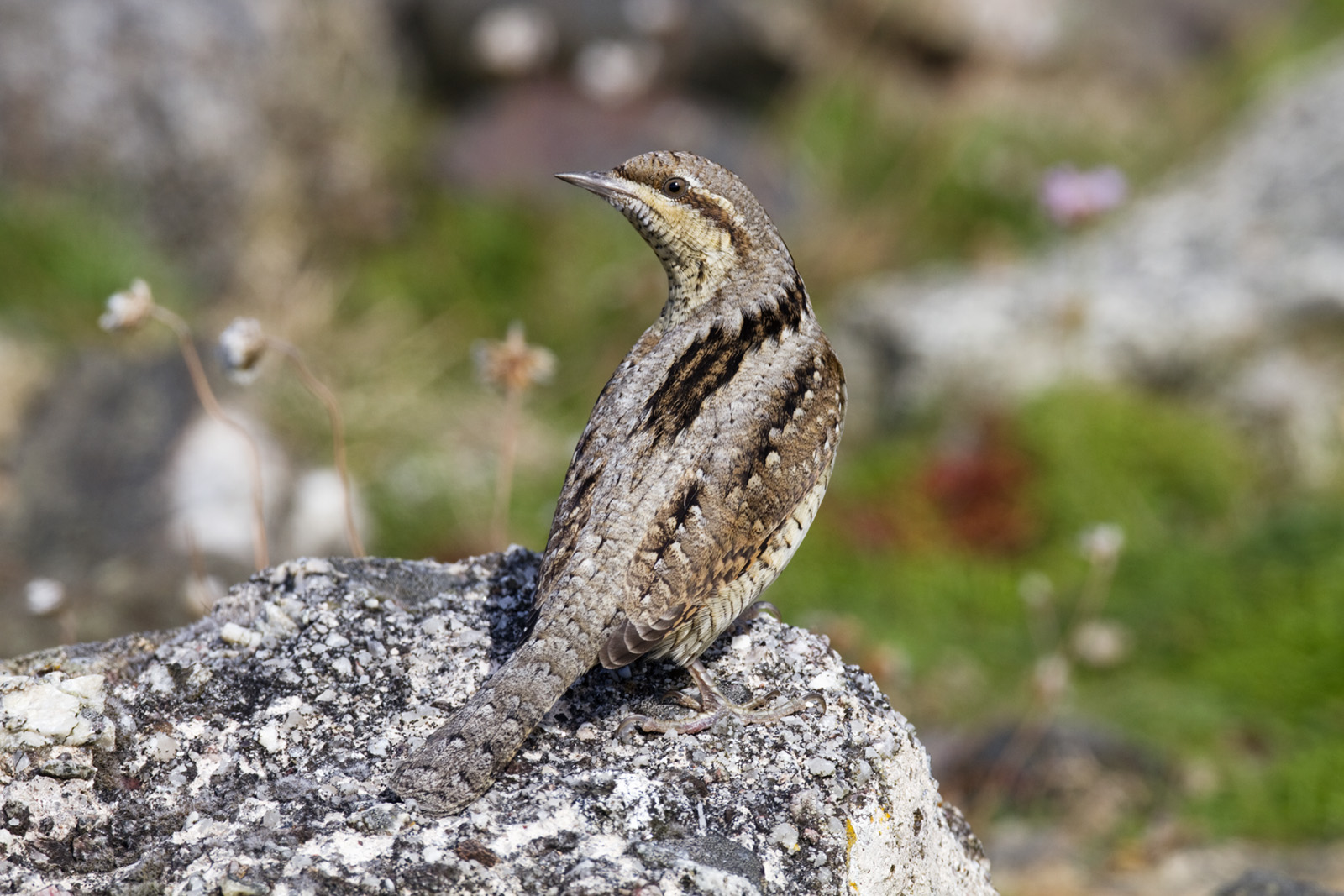
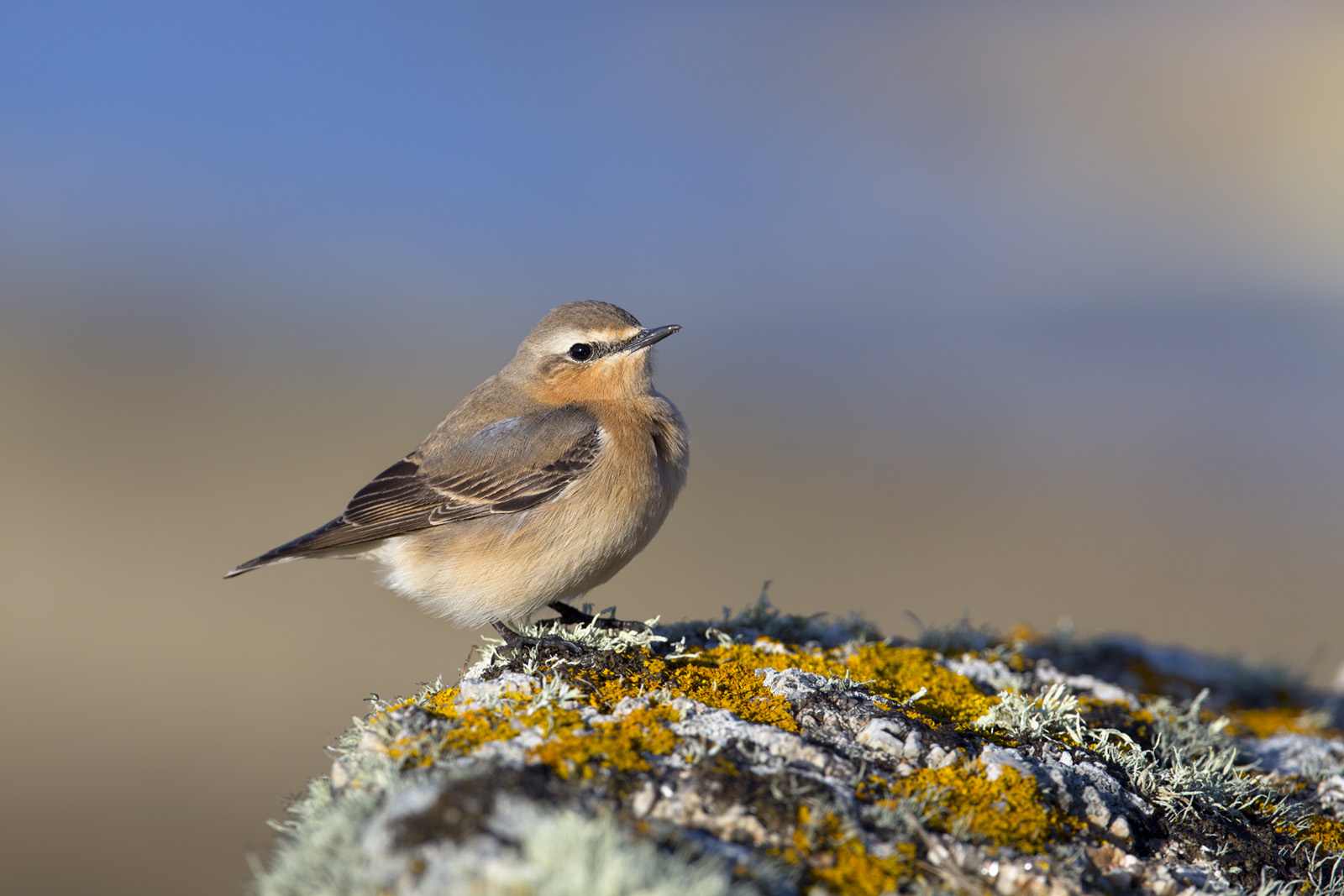
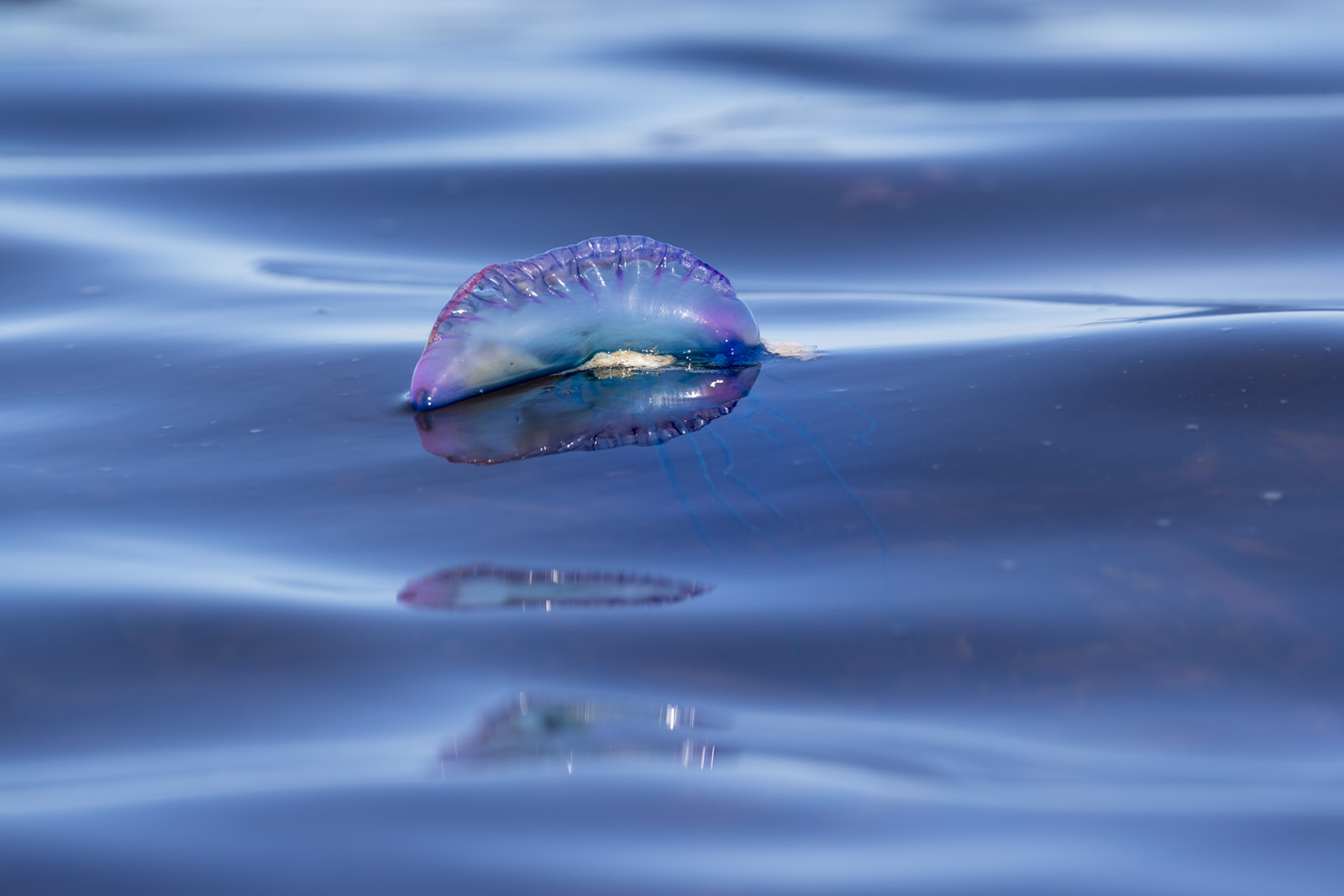
Autumn storms
There are occasions when we have stormy weather in autumn and there is nothing more exciting than a search along the strandline after a heavy sea. It’s impossible to tell what might be found but there are a few maritime species which regularly get washed ashore. These include goose barnacles, which are usually attached to floating debris; buoy barnacles; by-the-wind sailors; Portuguese man o’ war, which look like blue floating Cornish pasties with long tails (don’t touch these as they are very poisonous); and even sea beans (nuts from the trees of tropical regions which are carried by the ocean currents). Great beaches include the one on your doorstep but if you wish to travel a short distance try Sennen or Praa Sands; most importantly choose a beach which faces into the prevailing wind.
Explore inland
If you want to avoid the strong wind head inland for a walk. Birds are feeding on a wide range of seeds, berries and nuts around farm fields, hedgerows and woodlands. Look for goldfinches feeding on teasels and thistles around farmland or head into the woods at Tehidy Country Park for some close-up experiences with woodland birds such as nuthatches and jays which will come to peanuts.
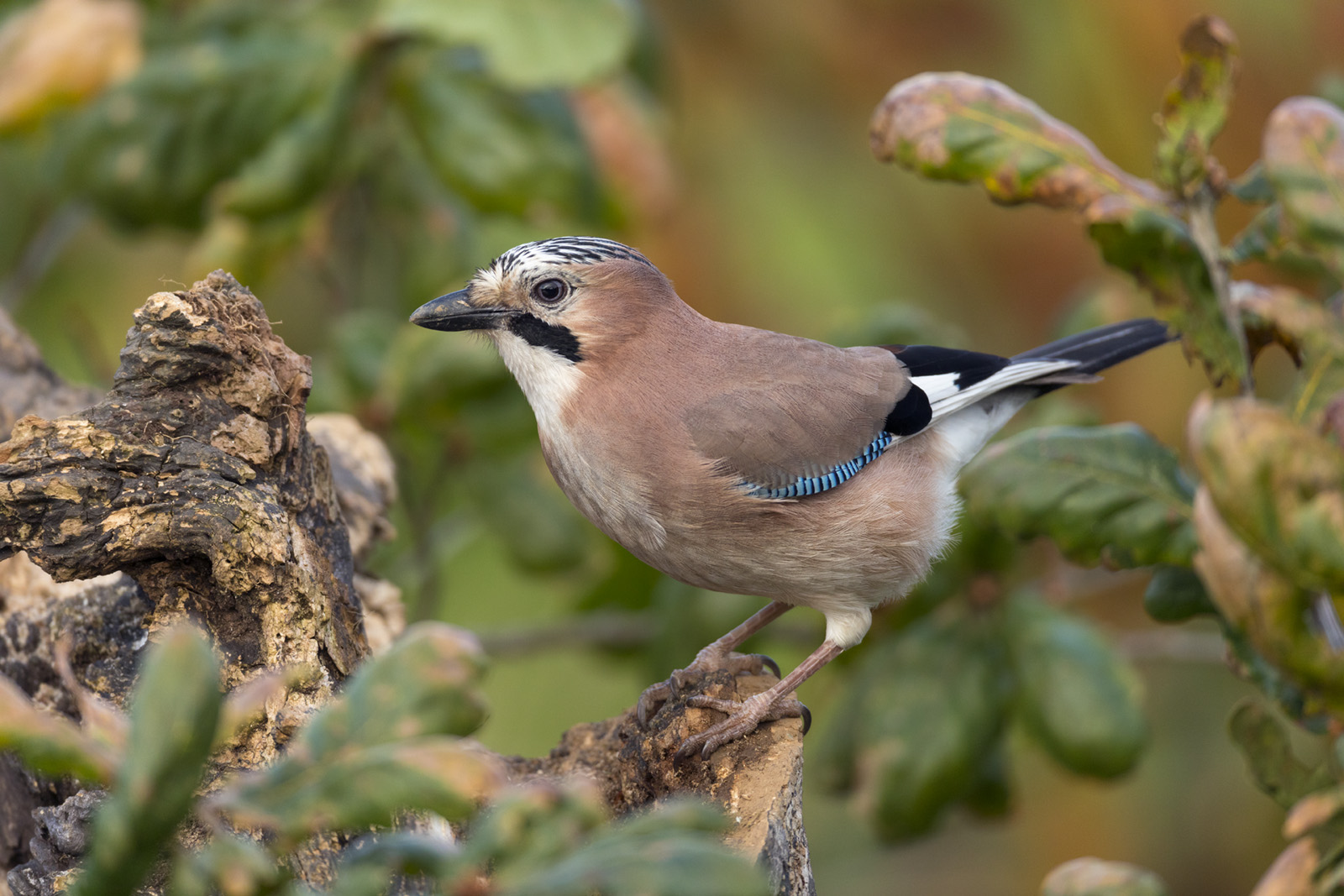
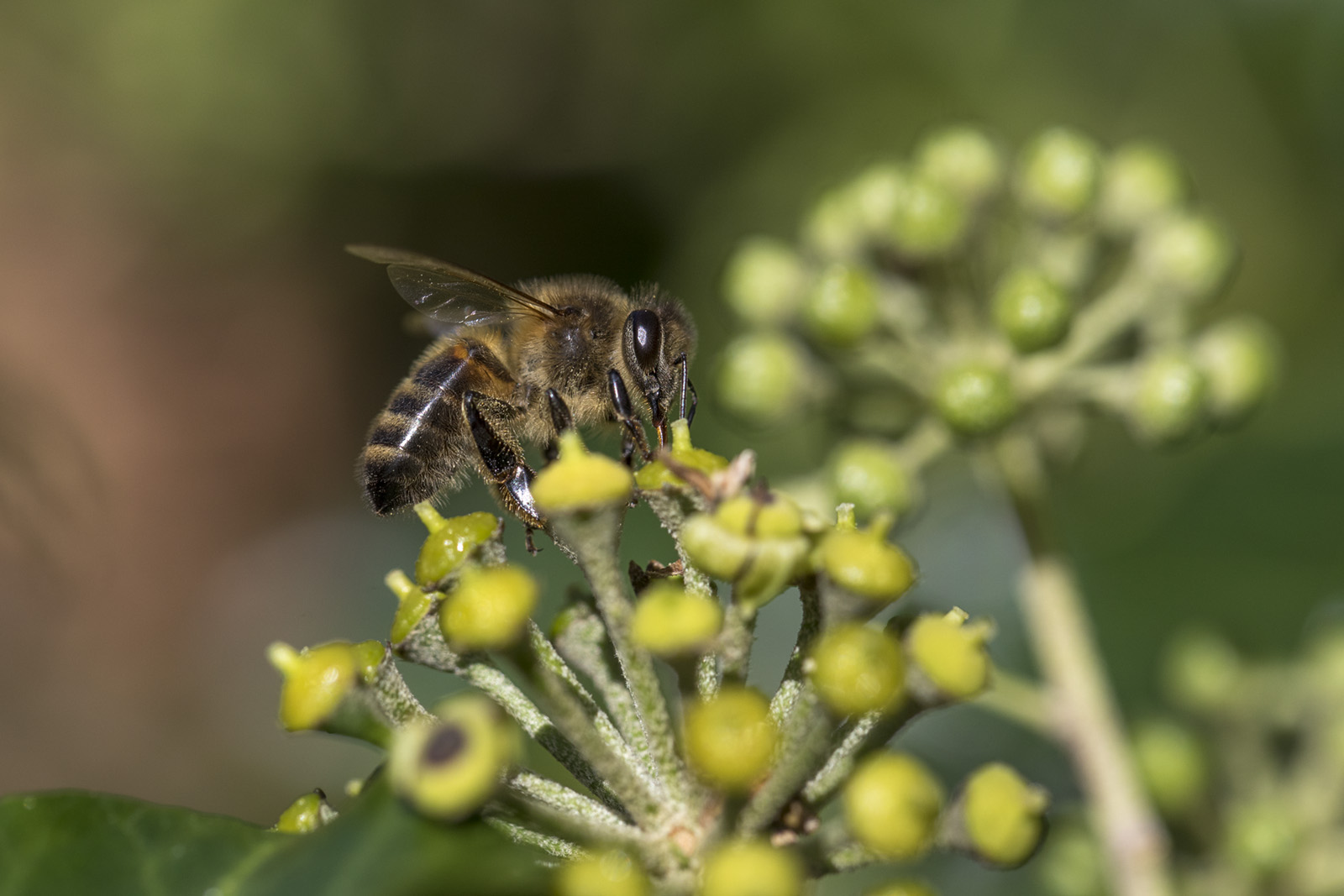
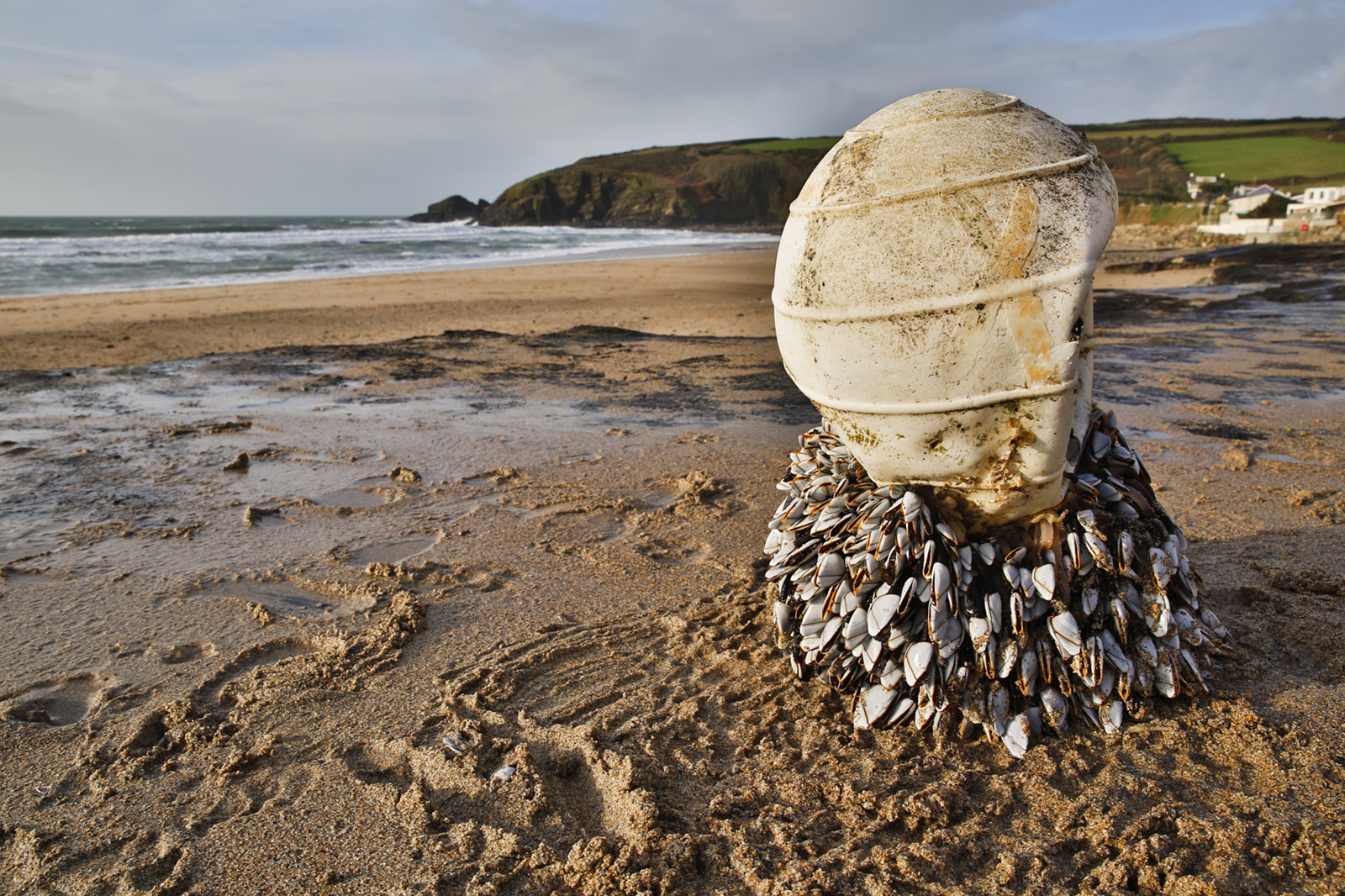
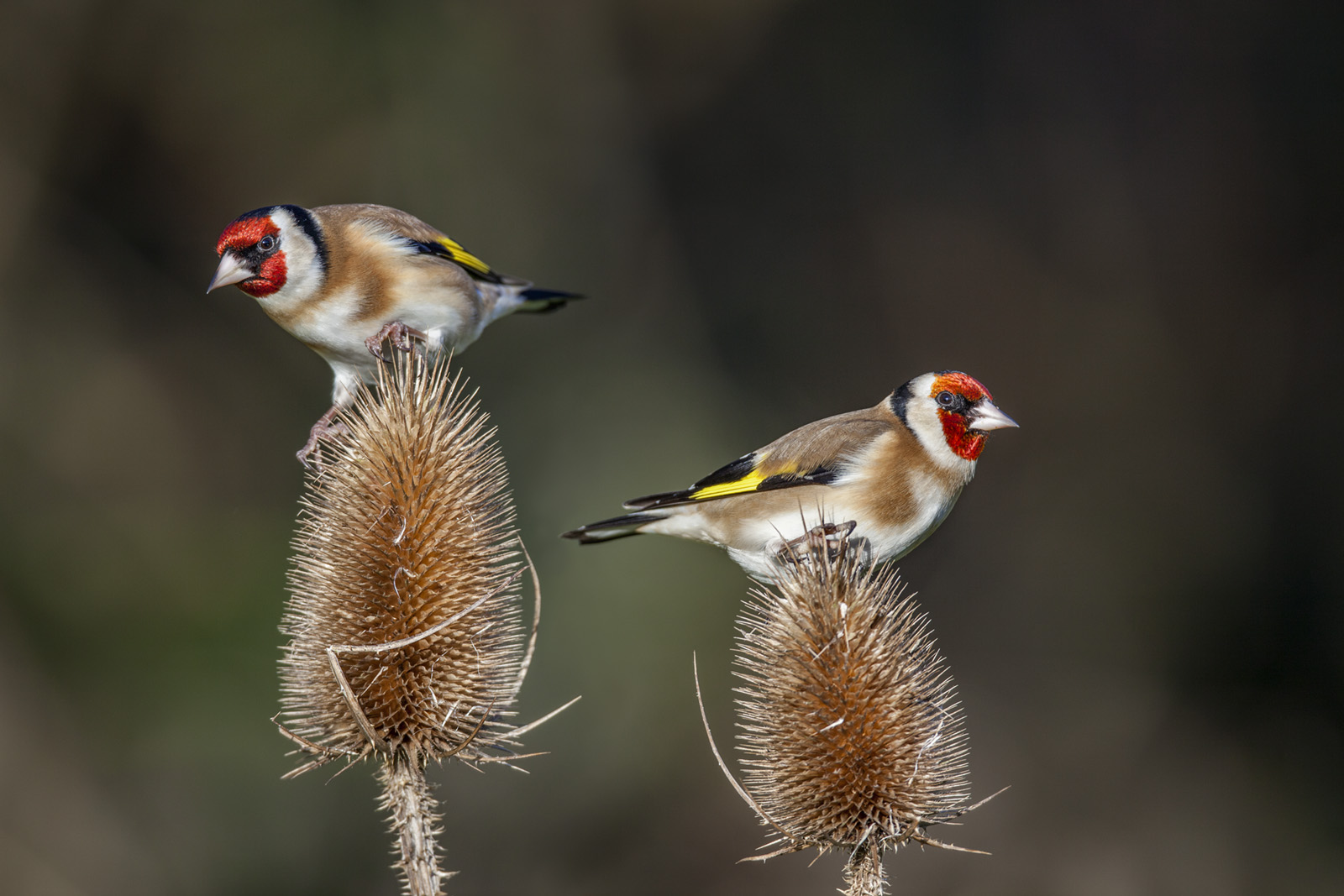
Be Prepared
Wherever you go carry a pair of binoculars and use your ears as well as your eyes. If you see something of interest try to get a photo, even a bad one might help you identify the subject when in the comfort of your wonderful, cosy beach house.
Discover more about Three Mile Beach
Stay
Explore our luxury 2, 3 and 4 bedroom beach houses.
Lowdown for dogs
Good doggies come on down. Dogs are more than welcome at Three Mile Beach.
Lowdown for families
Three Mile Beach is a safe, running-around, playing, swimming, and exploring heaven.
Three Mile Beach interior design
Founder and chief stylist Jo shares her inspiration for the details that make our beach houses like no other beach houses.
Gwithian Towans Beach
Our absolute fav beaches that are right on your doorstep here at Three Mile Beach.